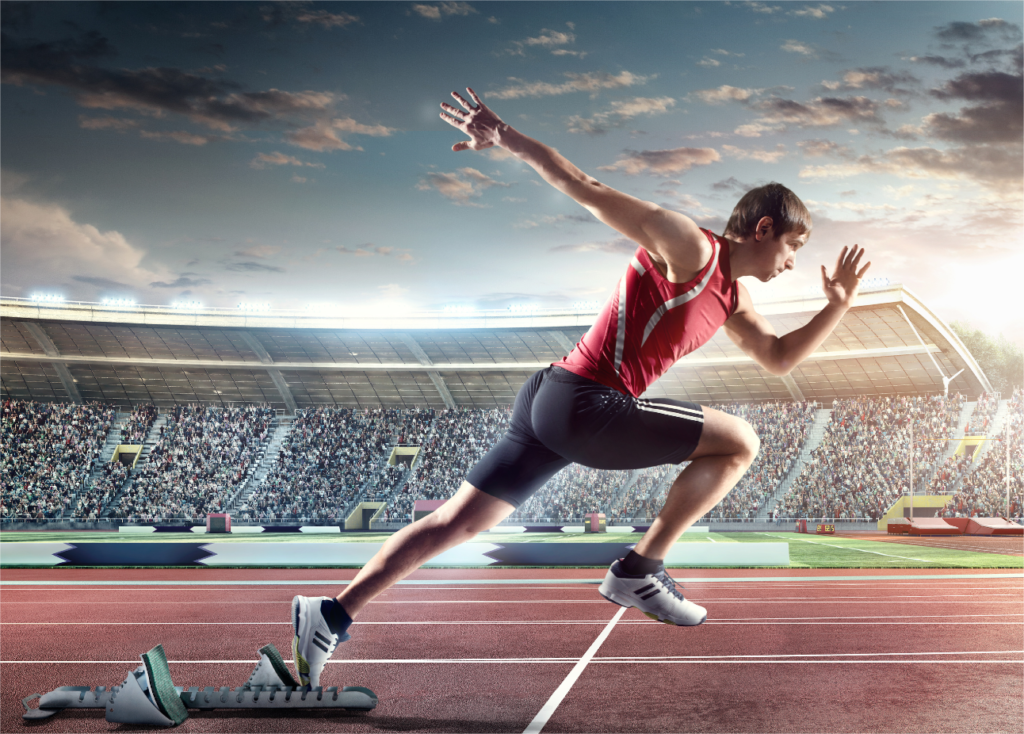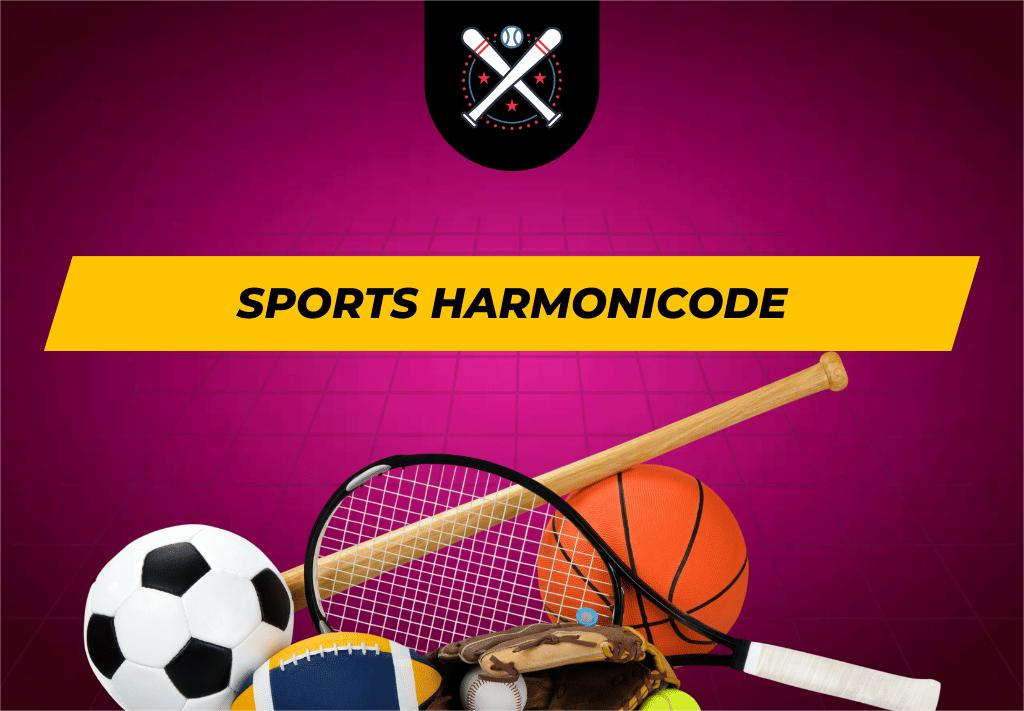Introduction
Sports Harmonicode explores how technology is redefining athletic performance. The integration of devices like wearable tech and AI analytics is opening up new possibilities for athletes to reach peak performance, transforming not only training but also competition and recovery.
The Role of Wearable Technology in Sports
Wearable devices, such as smartwatches, fitness bands, and smart clothing, are transforming athlete monitoring. They track vital physiological data like heart rate, muscle movement, and distance. For example, smart clothing equipped with sensors allows athletes to optimize biomechanics, helping reduce injury risks and enhance movement efficiency.
Data Analytics and Performance Measurement
The wealth of data from wearables provides coaches with actionable insights, helping to identify inefficiencies and design custom training programs. AI-driven analysis can spot movement patterns that suggest fatigue or injury risk, aiding in precise adjustments to training.
Example: An AI-based tool analyzing recovery data can recommend resting durations and optimal nutrition, fine-tuning an athlete’s readiness for competitions.
Similarly, patterns of an athlete’s recovery data can help determine the exact amount of time needed for rest and what type of nutrition should be followed to ensure tournament performance. Decision-making that is based on data is changing the way athletes train and compete and enhance results.
Opportunities for wearable technology clothing
Data analytics plays an important role in Sports Harmonicode, then came up with a title derived from its focus: The Future of Athletic Innovation 2024. Such products, including wearables, generate a lot of data, patterns, or trends that could not be evidenced before.
Can be detected, It can be applied to creating specific training schedules, maximizing performance, and enhancing the general abilities of athletes.
As for examples of wearable technology, some of the most obvious and frequently used today are smartwatches and fitness bands. Currently, these devices are set-top boxes and are popular among athletes as they provide features such as GPS tracking, heart rate monitoring, and sleep tracking.
For example, smart clothing with integrated sensors provides much more detailed information about a particular athlete’s muscle activity and biomechanics that can be used to fine-tune an athlete’s movements and thus Its chances of getting injured can be reduced.
Artificial Intelligence in Sports
AI’s potential in sports is vast, from analyzing large datasets to creating predictive models. For example, by analyzing gameplay footage, AI can detect fatigue indicators and suggest mid-training modifications to prevent injury. Teams are also utilizing AI for talent scouting, and tracking performance stats to identify promising recruits.
For example, it can review videos of athletic performance to identify trends in their movements that might indicate they are tired or prone to injury. With the help of this information, precise modifications can be made during training to keep the athletes’ performance at the highest level without risking injuries. New technologies such as artificial intelligence are also being applied to teams’ talent search and acquisition of good talent through performance statistics.
Food innovations
Nutrition plays an important role in athletic performance, and Sports Harmonicode, Many of these developments are included in ‘The Future of Athletic Innovation 2024′. Using the CIO athletes’ individual physical characteristics, and other factors determined by the desired performance, a nutritionist is expected to formulate special diets for athletes.
These plans are designed to take into account an athlete’s metabolic rate, training session timetable, and rest schedule, to ensure that athletes get the right ratio of nutrients needed to improve. It is worth noting that the creation of niche products has hit another high with the introduction of genetically based nutrition.
This is because, through the genetic testing and testing of the athlete nutritionist, the athlete is able to pinpoint the appropriate foods or nutrient deficiencies that may be present in the athlete’s system. The data provided can be applied to design appropriate feeding programs, which will contribute to specific performance gains and effective recovery times.
Enhancing Mental Performance
Mental performance is crucial for athletic success. Techniques such as mindfulness meditation, CBT, and neurofeedback are now used to help athletes manage stress and maintain focus. Virtual reality (VR) is also emerging as a tool for preparing athletes for high-pressure scenarios, such as a critical championship match.
By doing this, players are able to develop the right kind of psychological strength and conditioning that suits the field of play. This can be the stress of a simulated championship match or the stress of a critical shooting instance and thus, helps the player to exercise his mental skills.
Nutrition and Genetic Testing
Personalized nutrition, influenced by genetic testing, is a growing area. Athletes can now receive diets tailored to their genetic makeup, maximizing recovery and performance. For example, genetic tests can reveal nutrient deficiencies, guiding a nutritionist in creating a meal plan that aligns with an athlete’s metabolic needs and training regimen.
A risk assessment for potential injury can also be made using this information so that it can be prevented. Personalizing everything from physical training and nutritional protocols to an athlete’s DNA is one of the newest concepts in sports science.
Modern training techniques
Innovative training methods, like High-Intensity Interval Training (HIIT), are essential for boosting endurance and strength. Functional training, which mimics everyday movements, is also becoming popular as it enhances coordination, flexibility, and muscle strength, all essential for athletes.
Functional training therefore focuses on muscle strength, flexibility, and coordination. It is most effective for athletes. In addition, modern advances in strength training, for example, the use of resistance bands and suspension training systems, are increasing muscle strength and general fitness.
Restoration and Recovery Innovations
Recovery is as vital as training. Techniques such as cryotherapy and compression therapy aid in faster muscle recovery, minimizing downtime after intense workouts. Cryotherapy, for instance, uses cold temperatures to reduce inflammation and muscle pain, while compression garments improve blood circulation and reduce swelling.
Compression therapy helps reduce swelling and increase blood flow and metabolic clearance through muscle products. Additionally, there are advances in the field of massage, such as the need to massage with the help of a device that can be pounded.
companies implement technology use and employee training
The integration of technology and training is a hallmark of Sports Harmonicode, the title can be formulated as Athletic Innovation in the Year 2024. For example, a smart gym with advanced fitness equipment that an athlete can use during training can follow the athlete’s movements and immediately suggest improvements in their position and function.
Such information can be used as adjustments can be made immediately and call for maximum productivity. Also, virtual reality and especially augmented reality are widely applied in the training process. Skills can be practiced and reps run through real environments and sometimes virtual simulations of states. It allows better training besides acquiring better skills without the drudgery of traditional training.
Future of Athletic Technology
The future of sports is rich with potential. AI-driven coaching systems will soon provide real-time feedback, customizing training to an athlete’s needs. Additionally, biotechnology may introduce supplements that enhance strength and recovery.
These innovations are going to offer new possibilities for increased performance, additional protection from injuries, and general improvement of the athlete. The most fascinating emerging application is connected to artificially intelligent coaches who are able to design customized training schedules and provide instant feedback based on player statistics.
These PSs are able to capture and analyze the athlete’s movements, identify potential weaknesses, and suggest changes that can be implemented. Additionally, biotechnology that includes new-generation supplements and treatments that enhance athletes’ performance will also open new avenues for individual improvement in their physical strength.
Conclusion
Sports Harmonicode: Hence, the future of athletic innovation 2024 is a vision of a new era in the field of professional athlete training. Sports Harmonicode science, technology, big data analytics, and cutting-edge training methodologies are rapidly changing athlete preparation, performance, and recovery. From smart apparel and augmented reality to personalized nutrition and DNA diagnostics, these technologies are setting the framework for perfect athletic performance and success. As this knowledge grows with understanding and acceptance it becomes apparent what the future of athletics holds.
FAQs
What is Sports Harmonicode?
Sports Harmonicode refers to applying advanced technology and analytics in sports training and performance optimization.
How do wearable devices improve athletic performance?
Wearable devices track physiological data, helping athletes optimize their movements and prevent injuries.
What role does AI play in sports training?
AI helps manage data, create training plans, and predict performance or injury risk, aiding athletes in reaching their full potential.
How can personalized nutrition benefit athletes?
Tailored diets based on genetic testing maximize performance and recovery by addressing each athlete’s unique needs.

